I was a backer of an early Kickstarter project, and now the project leads have dissapeared. Before they left, they offered some advice to fix some of their faulty units. Here's a picture of the project in question:

And the only help I have is "Too much current for the UF4007 to handle; it's only rated for one amp." (The UF4007 is part D1 in the board, above: datasheet) and a link to a new part which looks to be an "8A, 600V STEALTH Rectifier".

I got the replacement parts, and they look like MOSFETs, but are much narrower than the only diode I see (D1). I could bend the legs out, but because they're flat metal, they don't bend easily. What should I do?
Edit:
Like Madmanguruman says below, it's the current that is killing it. Couldn't I just replace the failing diode with one that has a higher rating? How about this UF2007 that is rated for 2A instead of only one?
Edit2:
Here's a link to the original assembly instructions: http://xwl.me/plasmaspeaker/
